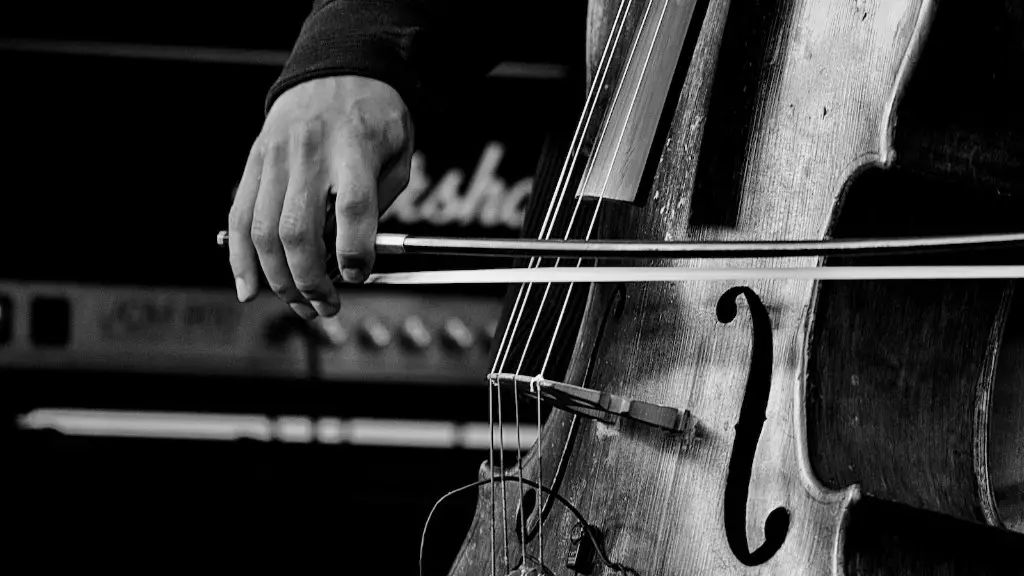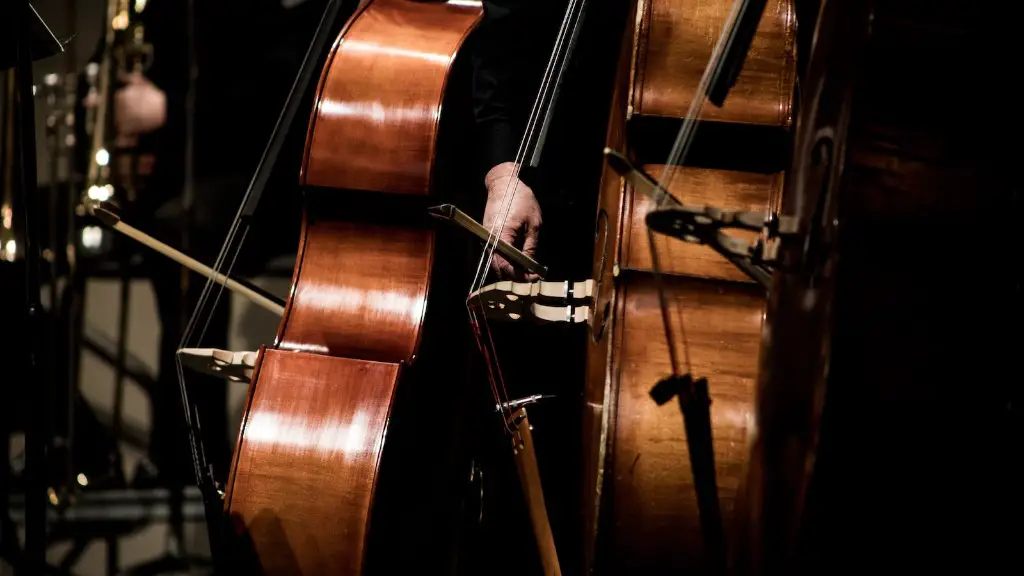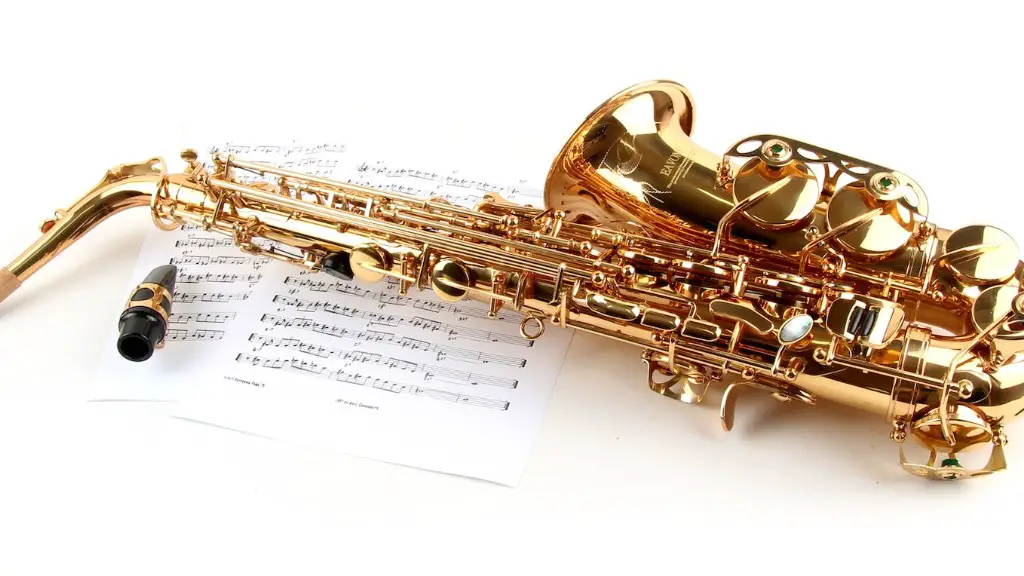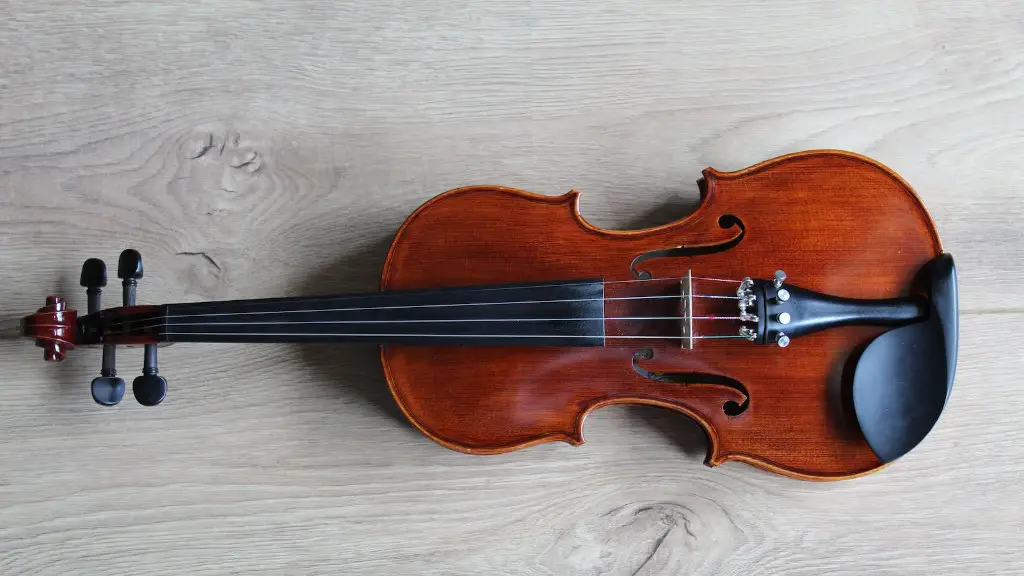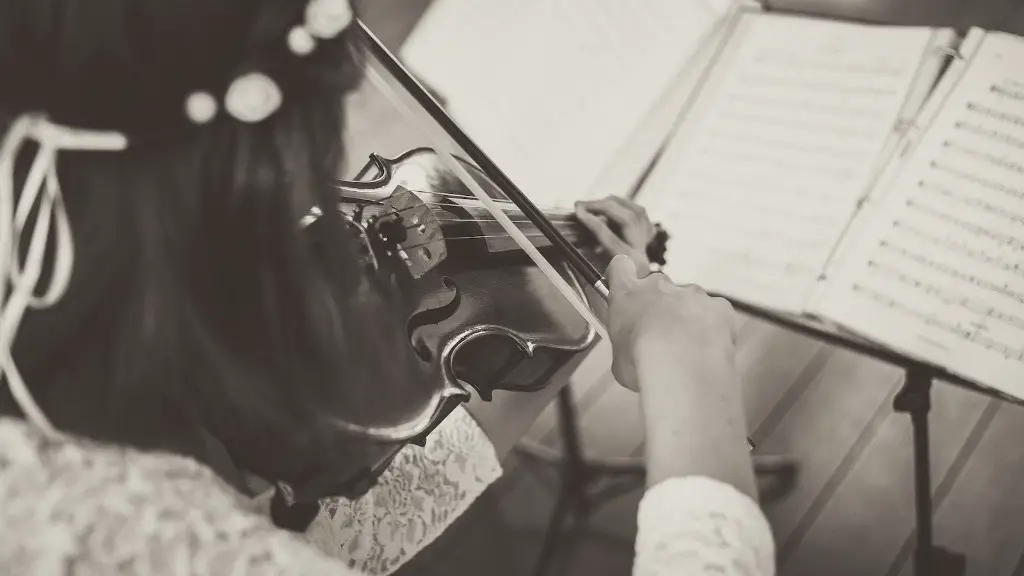Playing the cello is an incredibly rewarding experience. It is a beautiful, versatile instrument that can create a wide range of sounds. Whether you are a beginner or an experienced player, learning how to play the cello can be quite daunting.
The first step in learning how to play the cello is to familiarize yourself with its parts and how they work together. The cello has four strings, which are tuned to the notes C, G, D and A. You will also need to learn about where to place your fingers on the strings for different notes.
Once you have mastered the basics of playing the cello, you can start practicing scales and chords. Playing scales will help you develop finger strength and dexterity while chords will help you understand how different notes interact with each other.
It’s also important to practice regularly if you want to improve your playing ability. Set aside time every day or every week to practice so that you can gradually build up your skills and technique.
Finally, don’t forget to have fun! Learning how to play the cello can be challenging but it’s also a great way to express yourself musically and explore new sounds. So don’t be afraid to experiment and enjoy making music.
Choosing the Right Cello
When it comes to playing the cello, finding the right instrument for you is essential. It can be difficult to know which cello to choose when starting out, so here are a few key points to consider. Firstly, you should think about your budget as this will determine the quality of instrument that you can buy. You should also consider the size of the cello – some sizes are better suited for smaller players, while others are better for adults. Then, look at the construction and materials used in making your chosen instrument. Quality woods and well-crafted components will ensure a good sound and consistent playability. Finally, before making a purchase you should try playing different models of cellos in order to get an idea of what feels comfortable and resonates best with your style of playing. With these tips in mind, you’ll be sure to choose a cello that suits your needs!
Learning Proper Posture and Hand Position for Playing Cello
Learning proper posture and hand position for playing the cello is essential for a successful performance. The cellist should sit in a straight-backed chair with the feet flat on the floor, keeping the back and shoulders as relaxed as possible. Keep the left arm close to the body and the right arm extended out, with the wrist slightly bent. The left hand should be placed over the fingerboard at an angle, with the thumb slightly behind it. The right hand should be placed above the strings with all four fingers curved. Both hands should be relaxed and comfortable, allowing for precise finger placement on the fingerboard.
The correct posture is important to ensure a good sound quality and help prevent injury. Make sure to practice regularly to maintain good form and keep your body healthy while playing!
Learning to Read Sheet Music (How To Play Cello)
Reading sheet music is an essential part of learning how to play the cello. It allows musicians to understand how the music should be played, and can provide an insight into the composer’s original intentions. Sheet music can be written in either standard notation or tablature, and each one has its own advantages and disadvantages. Standard notation is more commonly used, as it provides a detailed illustration of pitch, rhythm, and articulation. Tablature, on the other hand, gives a more intuitive look at the notes on the cello’s fingerboard.
To get started reading sheet music, it’s important to become familiar with musical notation and symbols. Key signatures indicate which notes are sharp or flat in a given piece of music. Time signatures tell us how many beats are in each measure and what type of note gets one beat. Once these concepts have been mastered, it’s time to start learning to read actual notes on the staff. The staff consists of five lines and four spaces which represent different pitches for each note. As you learn more about reading sheet music for the cello, be sure to practice regularly so that you can become comfortable with sight-reading new pieces quickly and accurately!
Understanding Basic Technique (How To Play Cello)
Learning to play the cello can be a challenging and rewarding experience. To begin playing, it is important to understand the basic technique of how to position the body and use the bow.
The body should be positioned in a relaxed, yet upright posture. The feet should be slightly apart, with the left foot slightly in front of the right foot. The cello should be placed on the left shoulder and supported by the chin or cheek.
The bow should be held with an overhand grip, with the thumb placed on top and index finger below the frog (the widest part of the bow). When bowing, a steady arm motion is used while keeping an even pressure on both strings. It is important to maintain an even sound throughout each stroke of the bow. It’s helpful to practice bowing slowly at first in order to develop control.
When playing pizzicato (plucking strings), use either two or three fingers of your right hand. Be sure to place your fingers close to the bridge so that you can achieve a good sound quality. Additionally, for a more resonant sound use more pressure when plucking.
With patience and dedication, mastering these basics techniques will help build confidence as you learn how to play cello!
Developing Your Tone Quality
Creating a beautiful tone on the cello is an essential skill for any musician. With practice and patience, you can develop a rich, vibrant sound that will draw your audience in. Here are some tips to get you started on developing your tone quality.
First, make sure that your bow is set up properly. The hair tension should be adjusted so that the bow glides evenly over the strings. Also, check the balance of the bow by placing it on your finger and making sure it stays straight. A well-balanced bow will make it easier to produce a clear sound.
Next, experiment with different bowing techniques to find what works best for you. Concentrate on producing a consistent sound in each stroke by moving the bow evenly across the strings. You should also practice playing at different dynamic levels and in various registers of the instrument. This will help you produce a fuller range of tones on the cello.
Finally, take time to listen carefully to yourself as you play. This will help you identify problems in tone quality and give you feedback so you can make adjustments as needed. With practice, patience, and dedication, you can develop a beautiful tone quality on the cello!
Practicing Scales and Arpeggios
Cello playing requires a great deal of practice and dedication. A fundamental part of learning to play the cello is mastering scales and arpeggios. Practicing scales and arpeggios is essential for developing proper technique, as well as an understanding of musical structure. Although it may seem tedious, regular practice of scales and arpeggios will pay off in the long run.
Scales are constructed using the chromatic scale, which are a series of twelve notes that ascend or descend in semitones. Arpeggios are built from chords and consist of notes played one after another in a specific order. Both scales and arpeggios can be played on any part of the fingerboard, so they are important elements to master when playing the cello.
When practicing scales and arpeggios, it’s important to establish a strong foundation with good posture, bow hold, intonation, and rhythm. Be sure to use all four fingers when playing each note in order to keep your hand position consistent, no matter where you’re playing on the fingerboard. Additionally, practice slowly at first until you have developed proper technique before increasing speed. With time and dedication, you’ll be able to play scales and arpeggios with ease!
Wrap Up
Cello is a beautiful and rewarding instrument to learn. It takes dedication, practice, and patience to become a proficient cello player. Whether you are a beginner or an experienced musician, the basics of playing the cello are the same. You must learn how to hold the instrument properly, how to position your body and bow, and how to make different sounds with your bow and fingers. With proper instruction and practice, you can become a skilled cellist in no time. Remember to take regular breaks while practicing and enjoy the journey of learning the cello.
